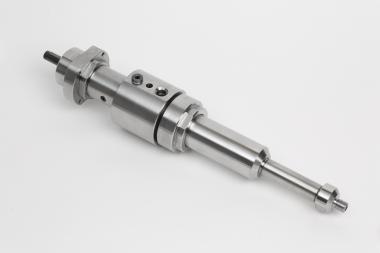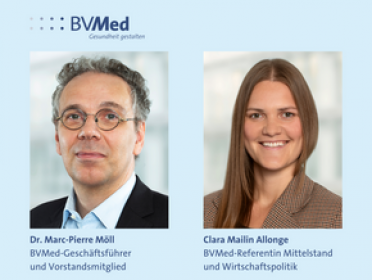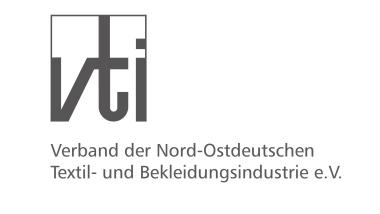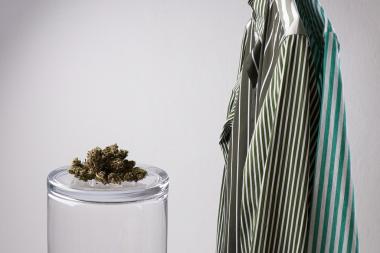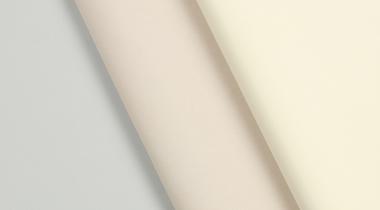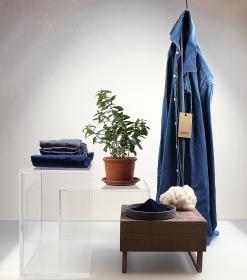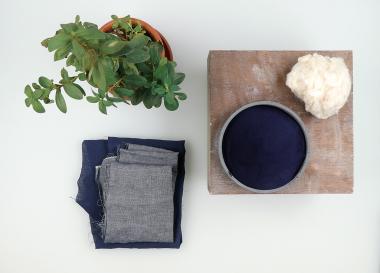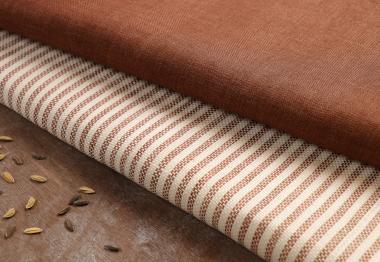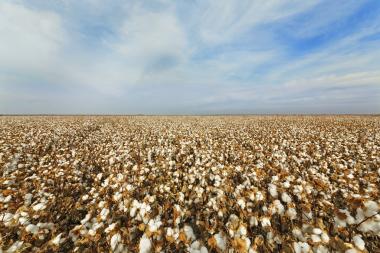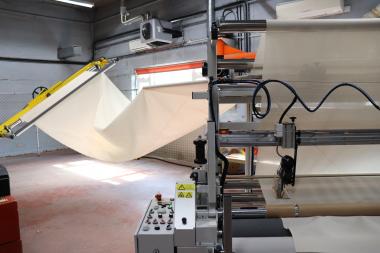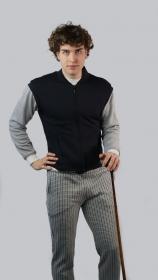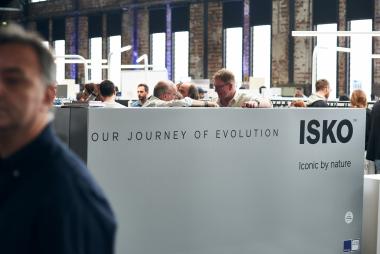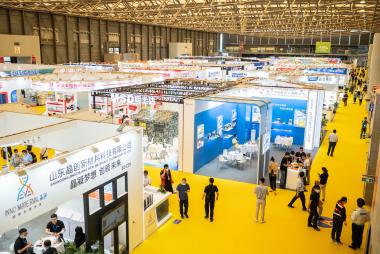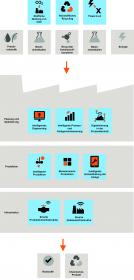Oerlikon Barmag presents innovations at the ACHEMA 2022
Focus on eccentric screw pumps and pumps for shear-sensitive materials
Improved productivity and increased lifespan and tailored solutions also for the most demanding applications within the chemicals and plastics industries and in PUR applications – these are the convincing arguments with which Oerlikon Barmag is showcasing its precision metering pumps at this year’s ACHEMA between August 22 and 26, 2022 in Frankfurt. The focus is on the new pump for shear-sensitive conveying media and the new eccentric screw pump.
Eccentric screw pumps – robust all-rounders convey any medium
The requirements for pumps are considerable, as the demand for customized solutions for increasingly complex processes is rising. This is particularly true for Oerlikon Barmag’s new eccentric screw pump range. High wear-resistance, increased durability and robust operation – the new pump is tailor-made for conveying highly-filled, high-viscosity and abrasive media, such as filled adhesives, filled silicones and filled casting compounds, for example. The is the multi-stage seal system, which considerably increases the pump’s lifespan. The upstream shaft sealing ring protects the slide ring seal against excessively-fast wear caused by challenging media. In turn, the optimum alignment of the drive shaft – ball bearing-supported and centrally-guided through the shaft sealing ring – prevents any metal debris caused by friction and hence ensures considerably greater durability. Producers benefit from considerably greater productivity, as the pumps’ maintenance intervals and hence machine downtimes are significantly reduced.
New pump for shear-sensitive materials
For increasingly complex customer-specific process solutions, Oerlikon Barmag is now expanding its GA series, developed especially for the challenging conveying of high-viscosity media, to include the GAB51F for shear-sensitive conveying media. The newly-developed pump with its viscosity range of max. 300 Pas is tailored to conveying high-viscosity, shear-sensitive materials such as adhesives and silicones, for example. “The shear forces impacting the medium within the pump are reduced to a minimum as a result of a specially geometry”, explains Thorsten Wagener, Senior Sales Manager within the Pump Construction business unit. The material is conveyed through the pump in an as gentle and low-pulsation manner as possible and metered precisely at the outlet – ensuring it retains its characteristic properties.
High-speed metering pump with sealed product space
The high-speed metering pump has been especially developed for metering poorly-lubricating media. Here, the main benefit is the sealed product space, which extends the pump’s lifespan considerably. The space that comes into contact with the media is limited to the area around the gears. “As a result, the high-speed pump is particularly suited for applications in the chemicals industry, which frequently involve aggressive acids”, comments Thorsten Wagener.
GM series for low-viscosity media
The pumps in the GM and GA series provide precision metering with low-pulsation feeding of the conveying medium. The multi-stage GM pump conveys low-viscosity media (i.e. 250 bar, 100 mPas) even under high pressure and in the most challenging conditions. The square design from the proven GM series is the standard pump for many metering tasks. The development of the multi-stage pump expands the applications range for the GM series considerably. The round 2-stage GM pump has been developed especially for use in high-pressure technology. It masters the particular challenge of conveying small throughputs with low viscosities. The pump is perfect for 0.05 through 20 cm³/rev feed sizes and is excellently suited for use in high-pressure machines for PUR molded parts, foam slab stock, refrigeration unit insulations and sandwich panels, for example.
GA series pumps for high-viscosity media
The Oerlikon Barmag GA range has been especially developed for the challenging conveying of media with higher viscosities. The GA series pumps are available for conveying volumes of between 1.25 and -30 cm³/rev (0.6-144 l/h). They have been designed for pressures of up to 200 bar, for viscosities of up to 1.500 Pas as well as for temperatures of up to max. 225 °C. With this range of pumps, Oerlikon Barmag offers its customers tailor-made solutions for many technical processes in which high-precision and even metering is of paramount importance.
The drum pump – conveying and metering using a single unit
With the drum pump, the Oerlikon Barmag pump specialists have created a pump designed specifically for conveying and metering high-viscosity materials such as adhesives, silicones and other high-viscosity materials from drums and other large containers and for pressures of up to 250 bar. Its special features not only include the fact that it removes high-viscosity materials from the drum, but that it also meters the medium directly without any additional interim stops.
Oerlikon


